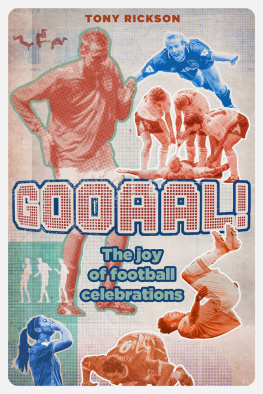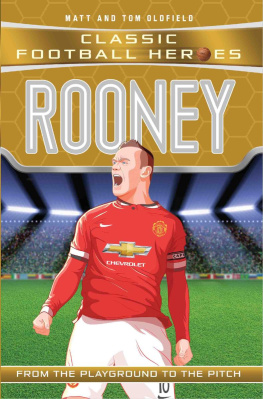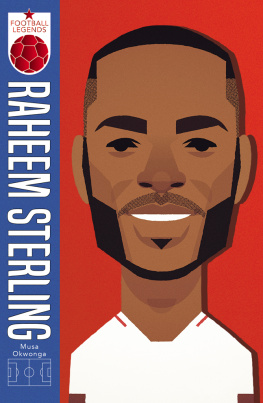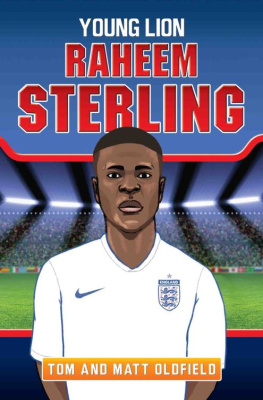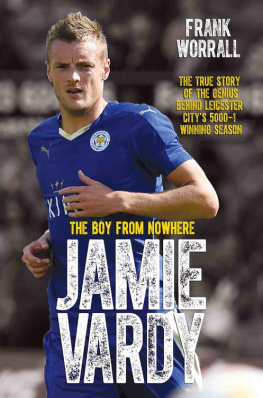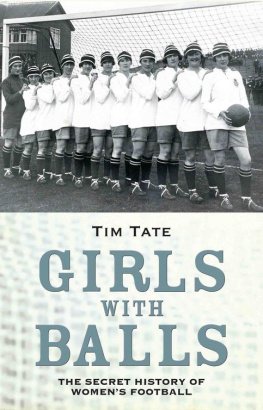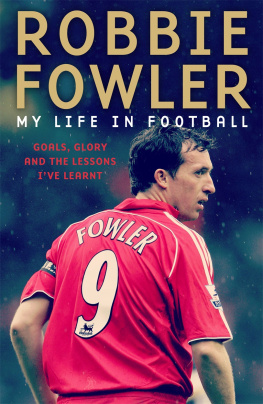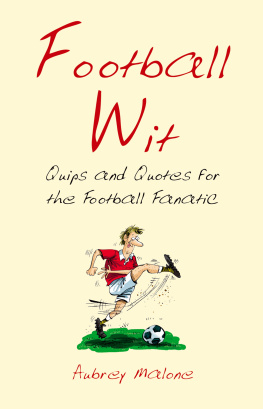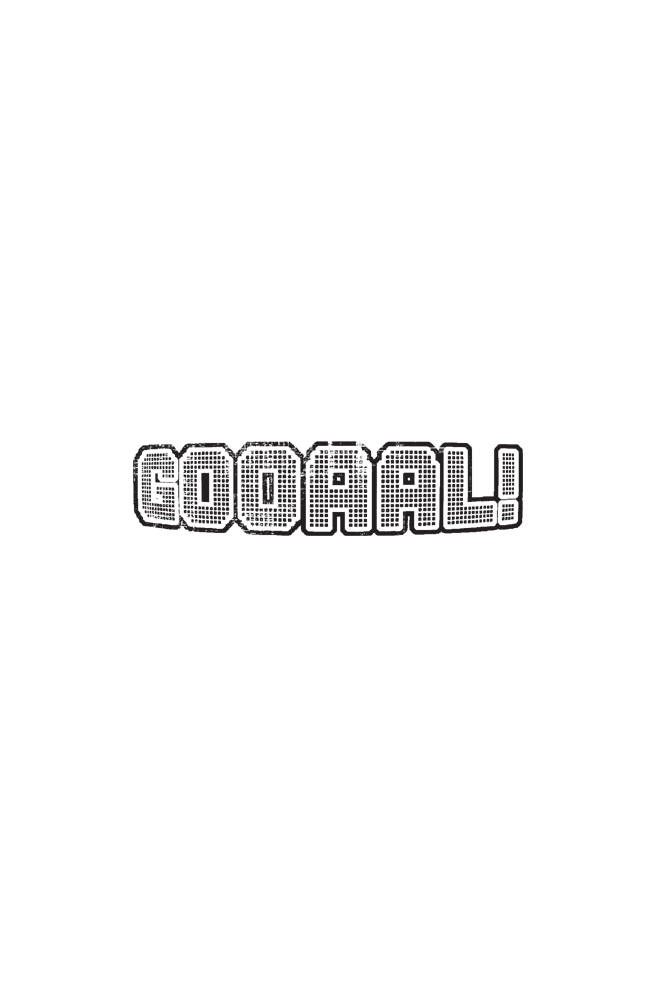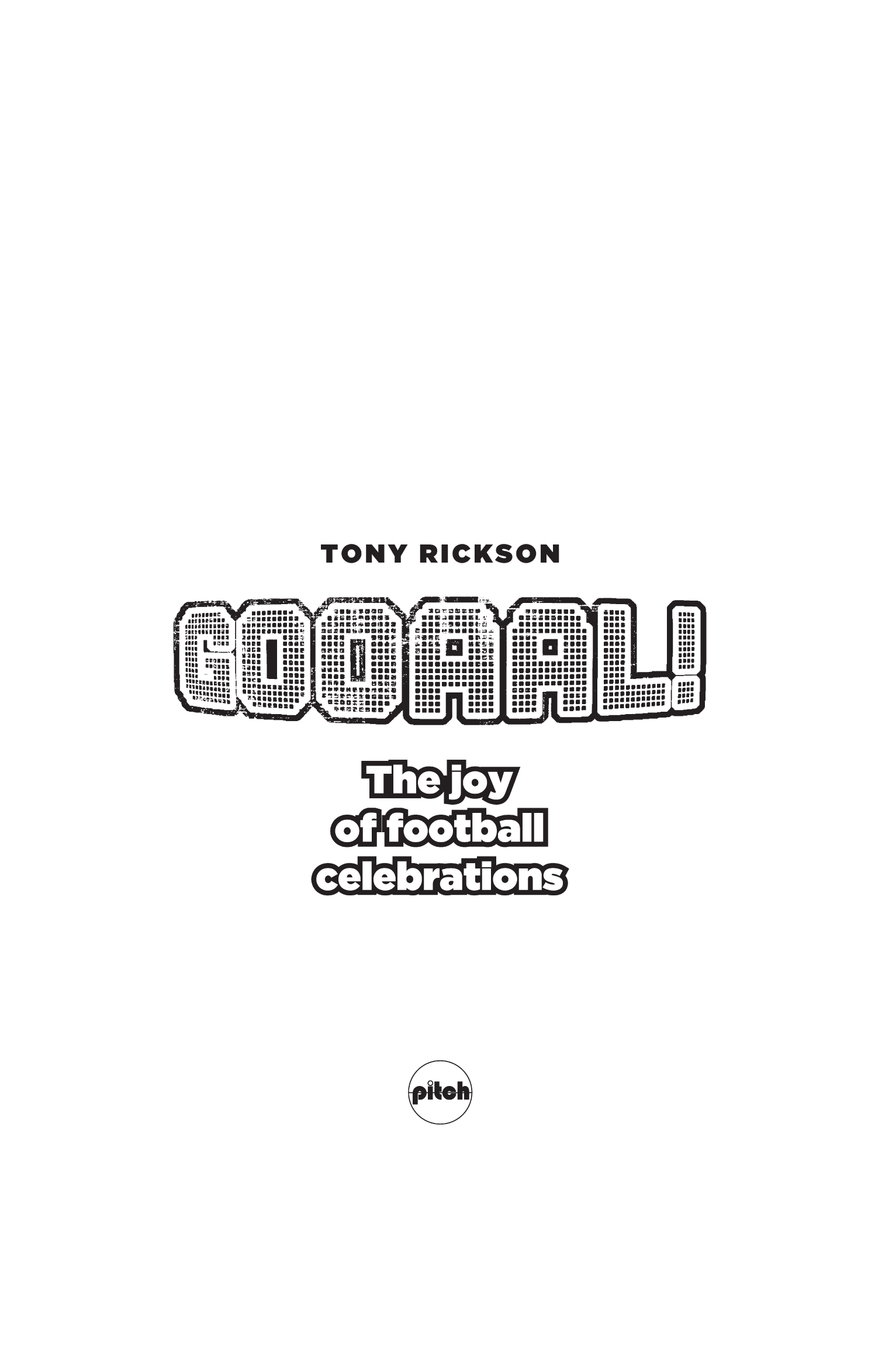Contents
Guide
First published by Pitch Publishing, 2020
Pitch Publishing
A2 Yeoman Gate
Yeoman Way
Durrington
BN13 3QZ
www.pitchpublishing.co.uk
Anthony Rickson, 2020
Every effort has been made to trace the copyright.
Any oversight will be rectified in future editions at the earliest opportunity by the publisher.
All rights reserved under International and Pan-American Copyright Conventions. By payment of the required fees, you have been granted the non-exclusive, non-transferable right to access and read the text of this e-book on-screen. No part of this text may be reproduced, transmitted, downloaded, decompiled, reverse-engineered, or stored in or introduced into any information storage and retrieval system, in any form or by any means, whether electronic or mechanical, now known or hereinafter invented, without the express written permission of the Publisher.
A CIP catalogue record is available for this book from the British Library
Print ISBN 9781785317309
eBook ISBN 9781785317972
--
Ebook Conversion by www.eBookPartnership.com
Contents
Acknowledgements
THANK YOU to Frances Rickson, Jessica Rickson, Will Rickson and Geoff Rickson for all their support, advice, comments, knowledge and suggestions.
Thank you also to everybody and anybody who has ever shared information about football celebrations. This includes broadcasters, writers for local and national newspapers, websites and books, football supporters and clubs, and those posting online with YouTube, Twitter, Instagram etc.
Thank you also to Katie Field, Graham Hales, Duncan Olner and Dean Rockett, and all the team at Pitch Publishing, for making this book happen.
1
Great goal, great celebration
HERE WE are at the worlds most iconic football stadium, and its a beautiful sunny summer Saturday afternoon. No, not that one, though well come to it in a minute.
This was Thirty Years of Hurt later 15 June 1996. The occasion was the European Championships and England were playing at Wembley against their oldest footballing rivals, Scotland. The build-up to the goal was exquisite, the execution was jawdroppingly stunning, and the celebration was well, the best theres ever been. Before, obviously, but since too, although a lot more effort and work has gone into the apparently simple goal celebration ever since.
The lead was a narrow 1-0 to England with 11 minutes to go when goalkeeper David Seaman launched a long ball forward, route-one style. A couple of quick passes on, and Paul Gascoigne cut in from what we used to call the inside-left position. With his left foot he lifted the ball cleverly over Scotland defender Colin Hendry and as it fell he volleyed it with his right to send it sizzling inside the near post past his Glasgow Rangers team-mate, keeper Andy Goram. What a manoeuvre. What a strike. What a match-clinching goal.
Gascoigne had his wits about him when he created and scored that perfect goal, and he had his wits about him to remember how hed planned to celebrate if such a glorious moment arose. He raced beyond the far post to lie on his back with his arms outstretched. Team-mates in on the joke ran to squeeze handily-placed water bottles into Gazzas wide open mouth. A few seconds, no more, and the cameo was over and the England players were returning triumphantly to their own half.
The inspiration for the celebration was an incident a couple of weeks previously on a pre-tournament trip to Hong Kong. The players had let their hair down on a night out and Gascoigne, to no ones surprise, was in the thick of it. He found a dentists chair in a nightclub as you do and laid back in it while drinks were poured into his mouth. Footballers everywhere have been known to let their hair down on the odd occasion the problem here was the image was captured on camera and the next anyone knew it was on the front page of a national newspaper. How embarrassing. Newspaper columnists have never had a drink on a night off, of course, but were quickly into print to condemn Englands thirsty footballers.
Did it spoil their performance in the upcoming Euros? Well hardly, England unluckily went out in the semi-finals in what equalled their most successful tournament since 1966. And that Gascoigne celebration was a suitably stinging but tongue-in-cheek response to the criticism.
His Wembley celebration told a story and was smart, quick and funny. And it wasnt the first time a passionate Gascoigne had moved a multi-million TV audience. Hed done it in 1990, too, when he wept after getting booked in the World Cup semi-final against West Germany, meaning he would have missed the final if England had qualified. (They didnt!)
Gazzas emotional and unforgettable moments were of extra significance as football in England had endured a miserable previous decade. Hundreds of innocent lives had been lost at Hillsborough, Heysel and Bradford. Prime Minister Margaret Thatcher hated the game, and football, beset by hooliganism, was at its lowest ebb. It needed to rediscover what wed always loved about it the passion, the excitement, the fun, the emotion.
Several things combined to create the renaissance. There was the heart-warming Italia 90 World Cup, with Gazzas tears touching us all. There was the re-admittance of English clubs into European competitions, the start of the Premier League, and the publication of seminal football book Fever Pitch. (Who could forget the young lad reluctantly dragged along to his first match at Arsenal, and as he goes into the stadium becoming so overwhelmed by the noise, the anticipation, the smell, the excitement, the green grass, that he asks his dad: Who are we playing next week?)
Celebrations helped as well. After Arsenal had stunningly beaten Liverpool 2-0 at Anfield to clinch the 1989 Division One championship on goals scored, home fans stayed behind to acknowledge their achievement and applaud them as they celebrated. Where so recently there had been hooliganism and bitter confrontation, suddenly it was being replaced by respect and sportsmanship.
So the drama and the passion were gradually returning to the beautiful game. Once upon a time, a polite handshake was the absolute furthest a team-mate would go in the form of congratulations after a goal had been scored. The scorer himself would march back to the halfway line, pleased with himself inwardly, but programmed not to show pleasure on the outside. Cool, calm, dont show your emotions; stiff upper lip and all that.
So often since those far-off days, its the celebrations we remember more than the goal itself. Gascoignes wasnt the first, but suddenly every time someone scored we began to look for what they were going to do. Thought was going into it and there were dozens of ways to enhance the moment. The knee-slide. The aeroplane. The bundle. Rocking a baby. Or sucking a thumb. Pointing at the club badge, at a team-mate, at their own name on the back of their shirt, at a partner in the stand, or to the sky to remember a departed loved one. Kissing a camera. Some form of acrobatics. Forming a love-heart with the hands. Dancing around a corner flag. An annoying shushing gesture. An equally annoying cocky look. Shirt over the face. Or shirt off altogether.

